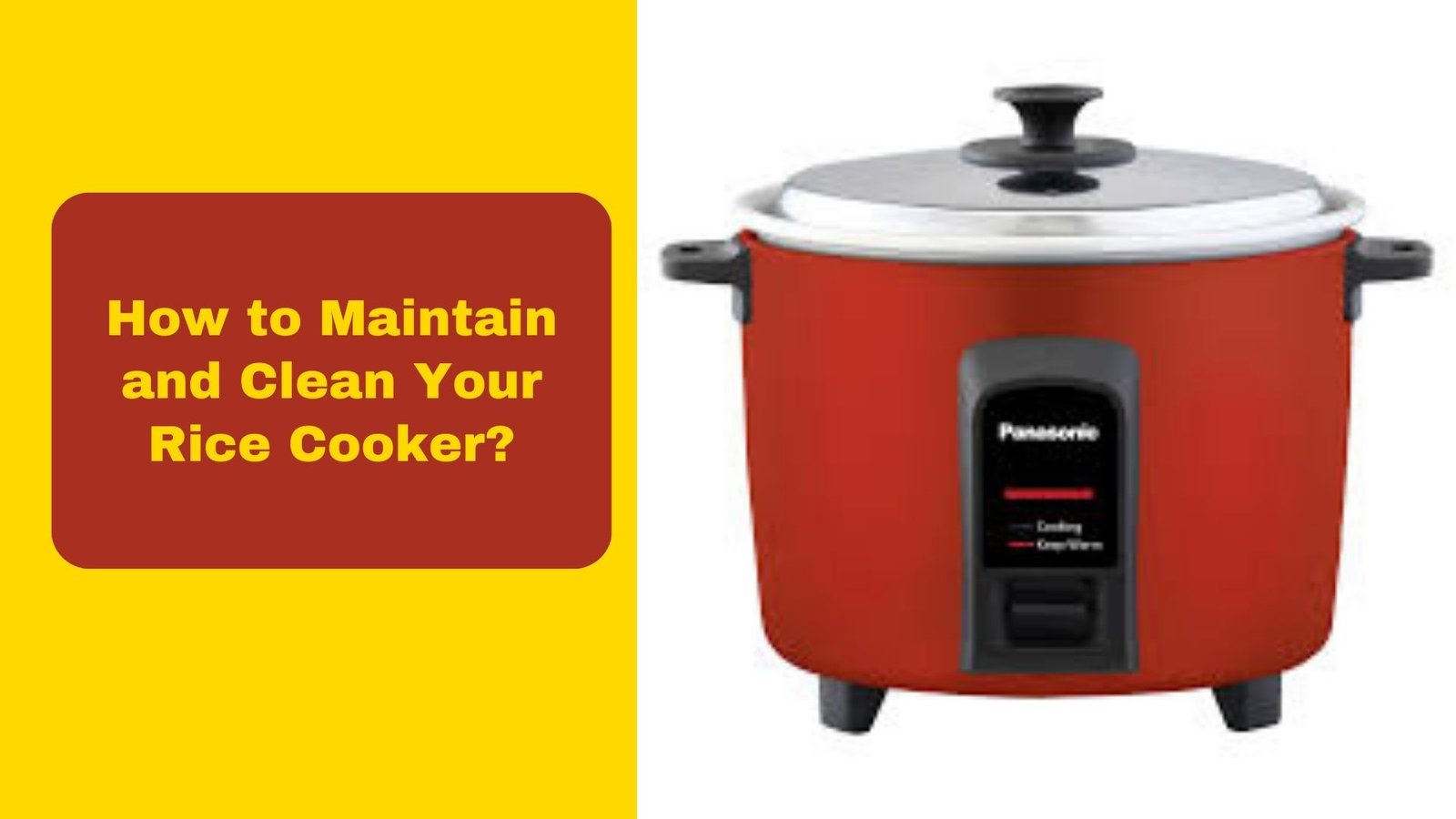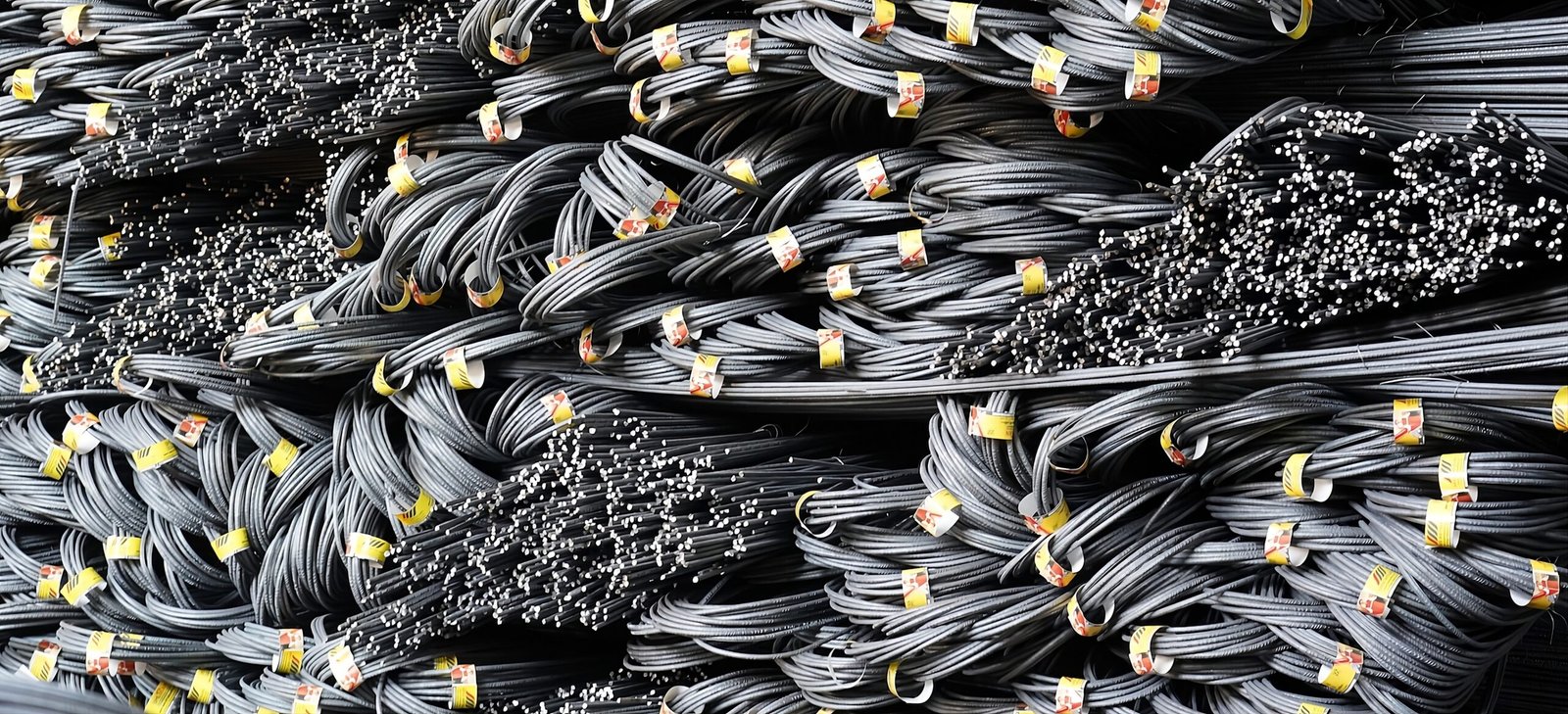A rice cooker is an essential kitchen appliance that simplifies meal preparation. Whether you use it daily or occasionally, proper maintenance and cleaning ensure its longevity and performance. Neglecting regular upkeep can lead to food buildup, unpleasant odors, and even mechanical issues. This guide provides a step-by-step approach to keeping your rice cooker in top condition.
Why Regular Cleaning of a Rice Cooker Is Important
Regular cleaning extends the lifespan of your and prevents food contamination. Over time, leftover rice and starch residue can accumulate, leading to bacterial growth and an unpleasant smell. A well-maintained rice cooker also operates efficiently, ensuring that your rice cooks evenly without sticking or burning.
Essential Cleaning Supplies for a Rice Cooker
Before you start cleaning, gather the necessary supplies to avoid damaging the appliance. Here’s what you’ll need:
- Mild dish soap
- Soft sponge or cloth
- Warm water
- Baking soda (for tough stains)
- White vinegar (for deodorizing)
- Soft-bristled brush (for hard-to-reach areas)
- Dry microfiber cloth
Avoid using harsh chemicals or abrasive scrubbers, as they can damage the non-stick coating and electrical components.
How to Clean a Rice Cooker After Every Use
Unplug and Cool Down the Rice Cooker
Before cleaning, always unplug the and allow it to cool completely. Cleaning a hot appliance can cause burns and may damage delicate components.
Remove and Wash the Inner Pot
Take out the inner pot and wash it separately with warm soapy water. Use a soft sponge to prevent scratches, especially if it has a non-stick coating. If food is stuck to the bottom, soak the pot for a few minutes before scrubbing gently.
Clean the Lid and Steam Vent
Many rice cookers have removable lids, which should be washed thoroughly. If the lid is fixed, wipe it down with a damp cloth. Don’t forget the steam vent—starch buildup can clog it, affecting the cooker’s performance. Use a soft brush to remove any debris.
Wipe the Outer Surface
The exterior of the often gets splattered with food or water. Use a damp cloth with mild soap to wipe it down. Be careful around buttons and digital displays, ensuring that no water enters the electronic components.
Dry All Parts Thoroughly
Before reassembling, make sure all components are completely dry. Moisture can lead to mold growth or electrical damage. Use a dry microfiber cloth for best results.
Deep Cleaning Your Rice Cooker
Even with regular cleaning, a may require a more thorough cleaning once a month to remove stubborn stains and odors.
NOTE : The efficiency of the rice cooker had impressed countless users, saving time and effort in the kitchen. At Bijli ki Dukan, this must-have appliance had been a customer favorite. Don’t miss out—order yours now!
Removing Burnt Rice and Stains
If rice burns at the bottom of the inner pot, avoid scraping it with metal utensils. Instead, soak the pot in warm water with baking soda for about 30 minutes. This helps loosen the residue, making it easier to remove with a sponge.
Deodorizing the Rice Cooker
Persistent odors can develop over time, especially if you cook flavored rice or other dishes in the rice cooker. To remove odors:
- Mix equal parts of water and white vinegar.
- Pour the solution into the inner pot.
- Turn on the cooker and let it steam for about 5 minutes.
- Discard the solution and rinse the pot thoroughly.
This method eliminates lingering smells and disinfects the inner pot.
Cleaning the Heating Plate
The heating plate at the base of the rice cooker is essential for even cooking. Any food particles stuck to it can cause uneven heating. To clean:
- Wipe it with a damp cloth while ensuring no excess water seeps inside.
- If there are stubborn stains, use a small amount of baking soda with a damp sponge to scrub gently.
- Dry completely before using the cooker again.
Proper Maintenance Tips for a Rice Cooker
Besides regular cleaning, proper maintenance ensures your rice cooker remains in optimal condition for years.
Use the Right Amount of Water
Adding too much or too little water can cause spills or uneven cooking. Follow the manufacturer’s instructions for the correct water-to-rice ratio.
Avoid Using Metal Utensils
Metal spoons or spatulas can scratch the inner pot’s non-stick coating, reducing its efficiency. Always use plastic or wooden utensils to prevent damage.
Check the Power Cord Regularly
Inspect the power cord for any signs of wear or damage. A frayed cord can be hazardous and should be replaced immediately.
Store in a Dry Place
When not in use, store your in a dry and clean space. Keeping it in a humid environment can lead to mold buildup.
Replace Worn-Out Parts
Over time, rubber seals, inner pots, and lids may wear out. Check with the manufacturer for replacement parts if needed to maintain efficiency.
Common Mistakes to Avoid When Cleaning a Rice Cooker
Many users unknowingly damage their rice cooker by making these cleaning mistakes:
- Submerging the Entire Cooker in Water: This can damage the electrical components. Only the removable parts should be washed with water.
- Using Harsh Cleaning Agents: Bleach and strong chemicals can ruin the non-stick coating and affect food safety.
- Forgetting to Clean the Steam Vent: A clogged steam vent affects the cooker’s efficiency and can cause pressure buildup.
- Reassembling While Wet: Any remaining moisture can lead to mold growth or electrical malfunctions. Always ensure all parts are dry before reassembling.

Final Thoughts
A well-maintained rice cooker not only lasts longer but also ensures consistently delicious meals. By following these cleaning and maintenance tips, you can keep your appliance in excellent working condition. Whether it’s daily upkeep or monthly deep cleaning, taking the time to care for your rice cooker will improve its performance and hygiene.
By making cleaning a habit, you’ll prevent odors, food buildup, and potential breakdowns—ensuring your rice cooker remains a reliable kitchen companion for years to come.
For More Insightful Articles Related To This Topic, Feel Free To Visit : techners












Leave a Reply